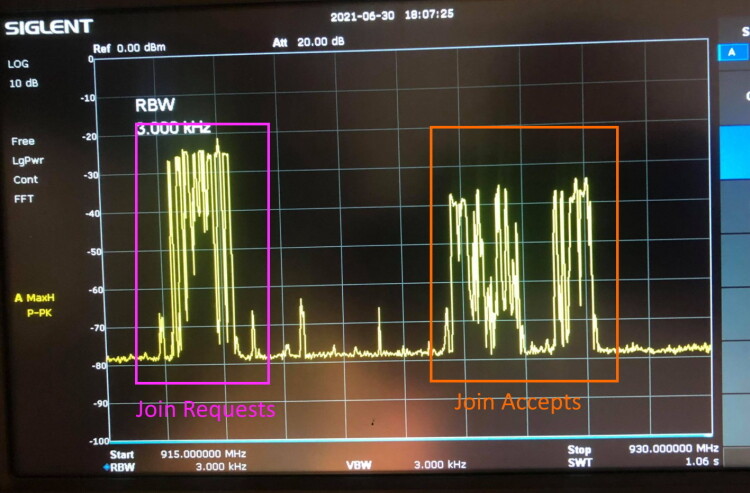Just confirming from my side is still an issue.
My setup is as follows:
- Server Stack: TTS V3.13.2 (our own stack, but TTN shows the same effect)
- IDE/Code Environment: Arduino IDE
- Library: MCCI LoRaWAN LMIC
- LoRaWAN MAC: V1.0.3
- Module: Murata CMWX1ZZABZ-091
- Region: AU915
Me and my teammates are developing a system that is just a proof of concept.
It has been ongoing for 6 months now, and was starting to come together really well.
It is just a proof of concept and we can’t prioritise super mature firmware.
Yes, I understand for proper implementation we should be storing the Frame Counter in NVM (e.g. EEPROM), recalling it when the device wakes up, and adding that into the frame.
Or better yet - ditching ABP altogether and using OTAA, storing the join state variables, and recalling those…
But that’s not an option for us, due to our limited firmware resources, fixation on the LMIC library, and timeline.
Our system worked perfectly, seamlessly, and flawlessly on TTN V2 with the “Frame Counter Checks” disabled.
The new “Resets Frame Counters” button (whatever that means) does not do anything it seems.
Also, why is there no button for resetting the frame counts?
I can’t even find one on V3.
You would think there would be something here?

So, when prototyping/developing/testing, after our device sends 1 packet (and fcnt=1), we basically need to delete the device and recreate it again, if we want to see more data and test, since our device only transmits one time per hour.
Any help would be appreciated - I am not sure how we proceed without delaying our project 1-2 months to bring on extra firmware resources and implementing this, for such a basic proof of concept device we just want to get in the field…

 I do not think this “needs” to be fixed, I understand why this is a feature. I am just voicing my troubles and our issues, that is all.
I do not think this “needs” to be fixed, I understand why this is a feature. I am just voicing my troubles and our issues, that is all. )
)
